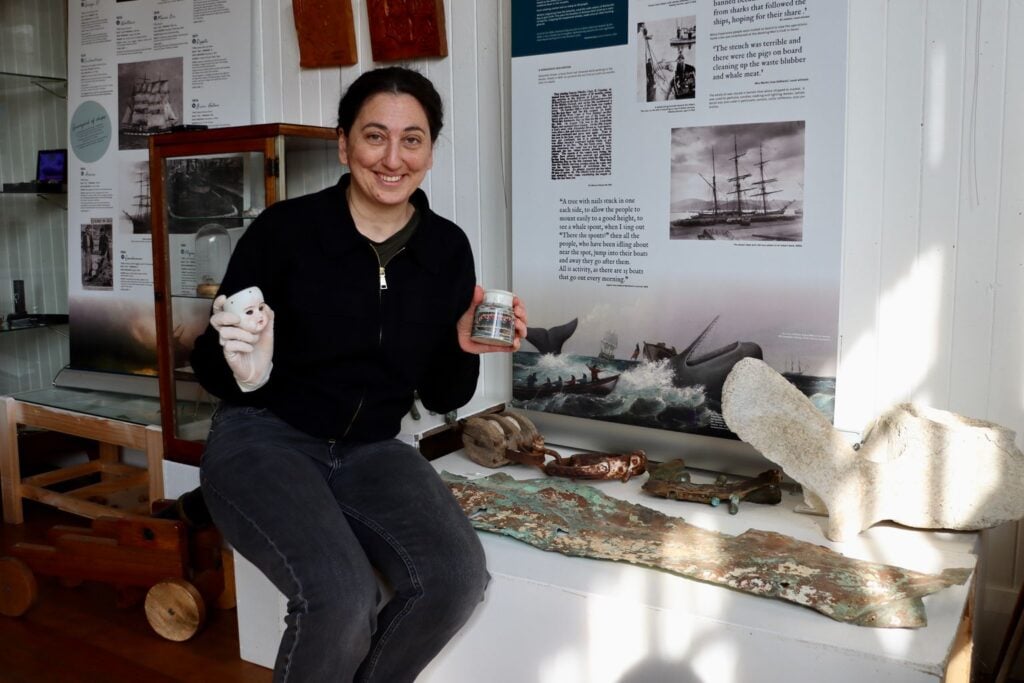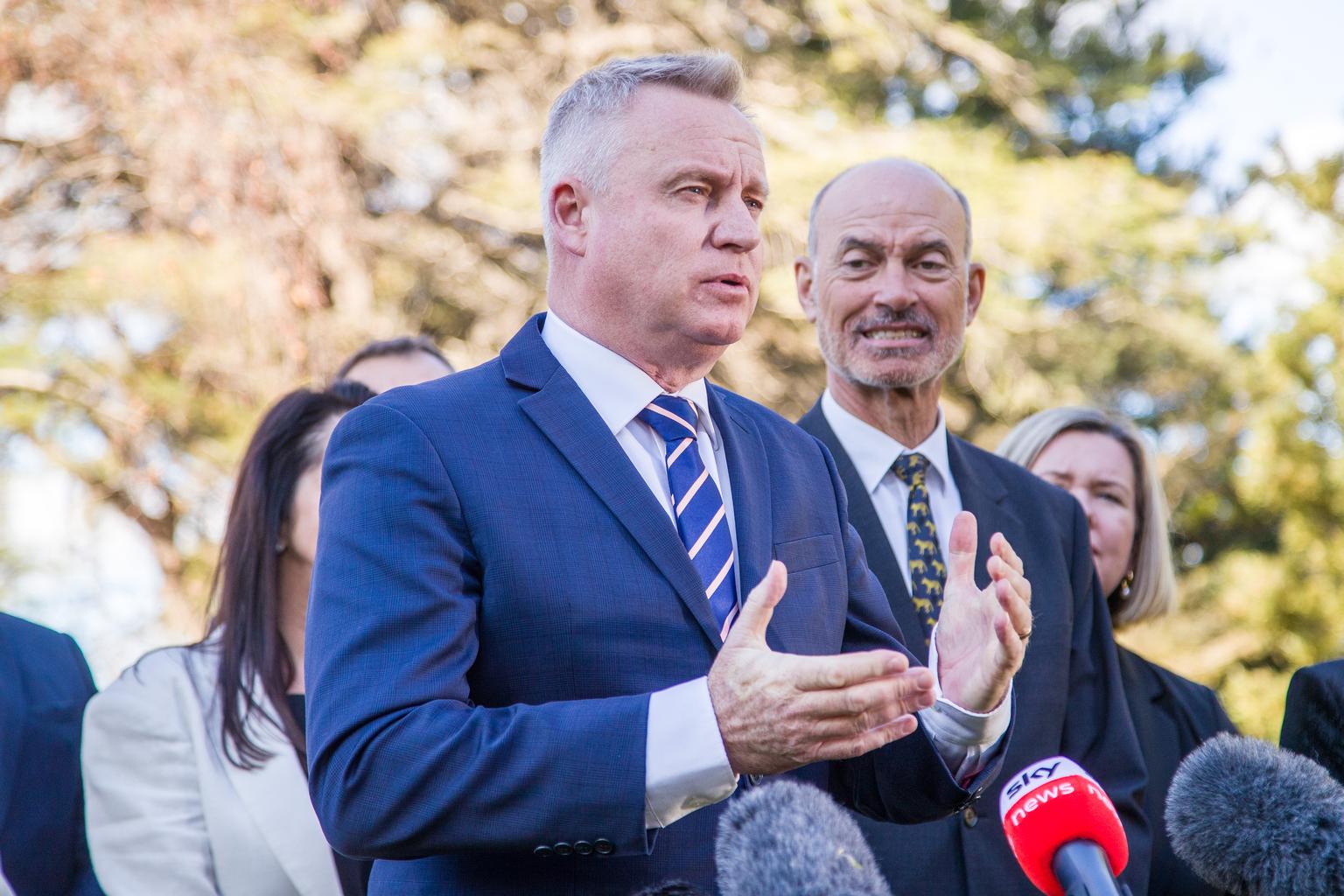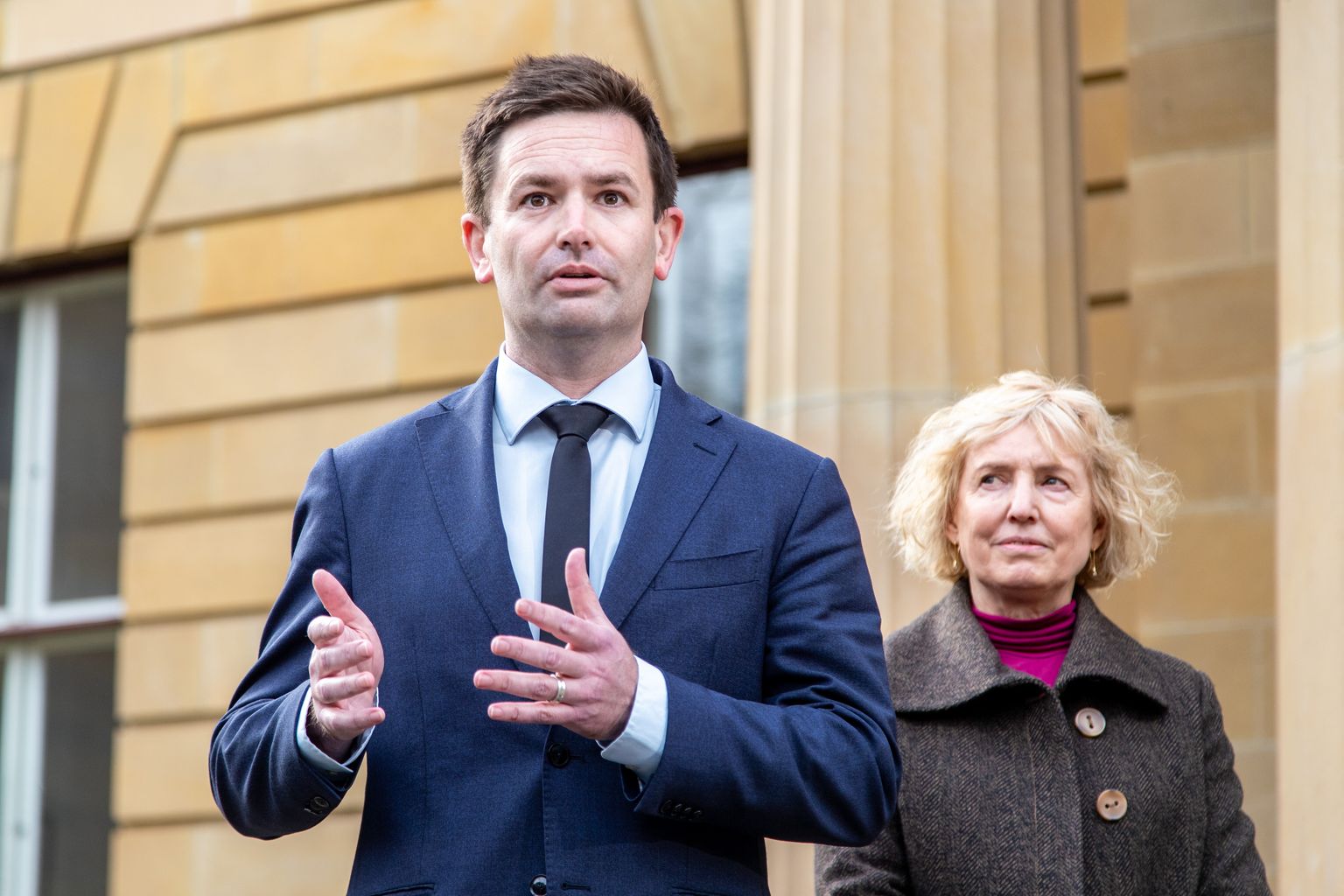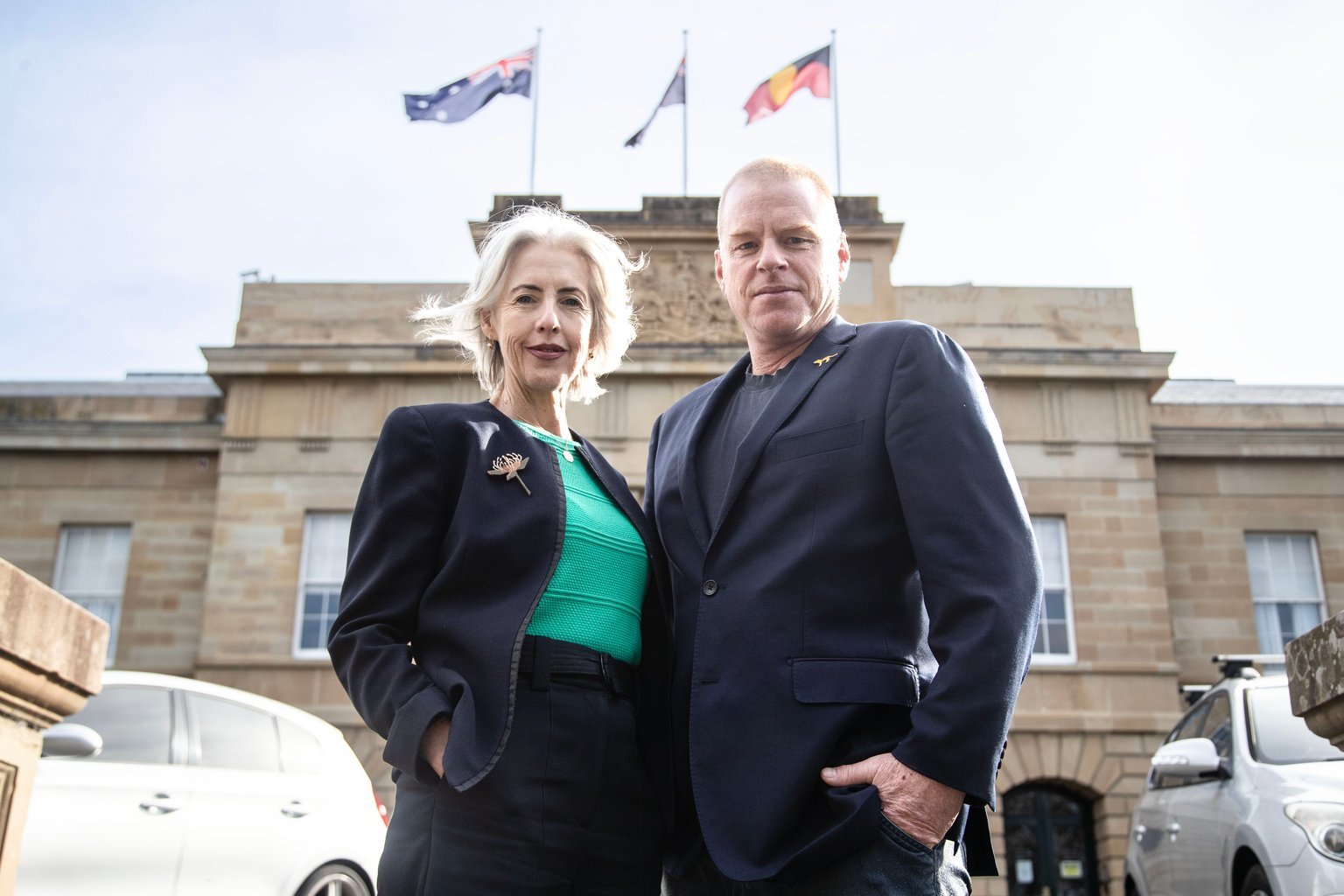Two Tasmanian museums are racing to document the island’s scattered shipwreck artefacts before they disappear from public memory forever.
Maritime Museum Tasmania and Dover Museum and Gallery have launched a three-day field trip this week, photographing and cataloguing fragments of the state’s maritime past hidden in small museums and private collections.
The project has the goal of creating Tasmania’s first comprehensive database of shipwreck material – from copper sheathing and ceramics to personal belongings that tell stories of life and death at sea.
“Recording these objects now means future Tasmanians will still be able to learn from them,” said Chris Tassell, president of Maritime Museum Tasmania. “This partnership turns fragments into a coherent story for the whole state.”
Currently, he said, no one knows what shipwreck material exists across Tasmania or where it’s located.
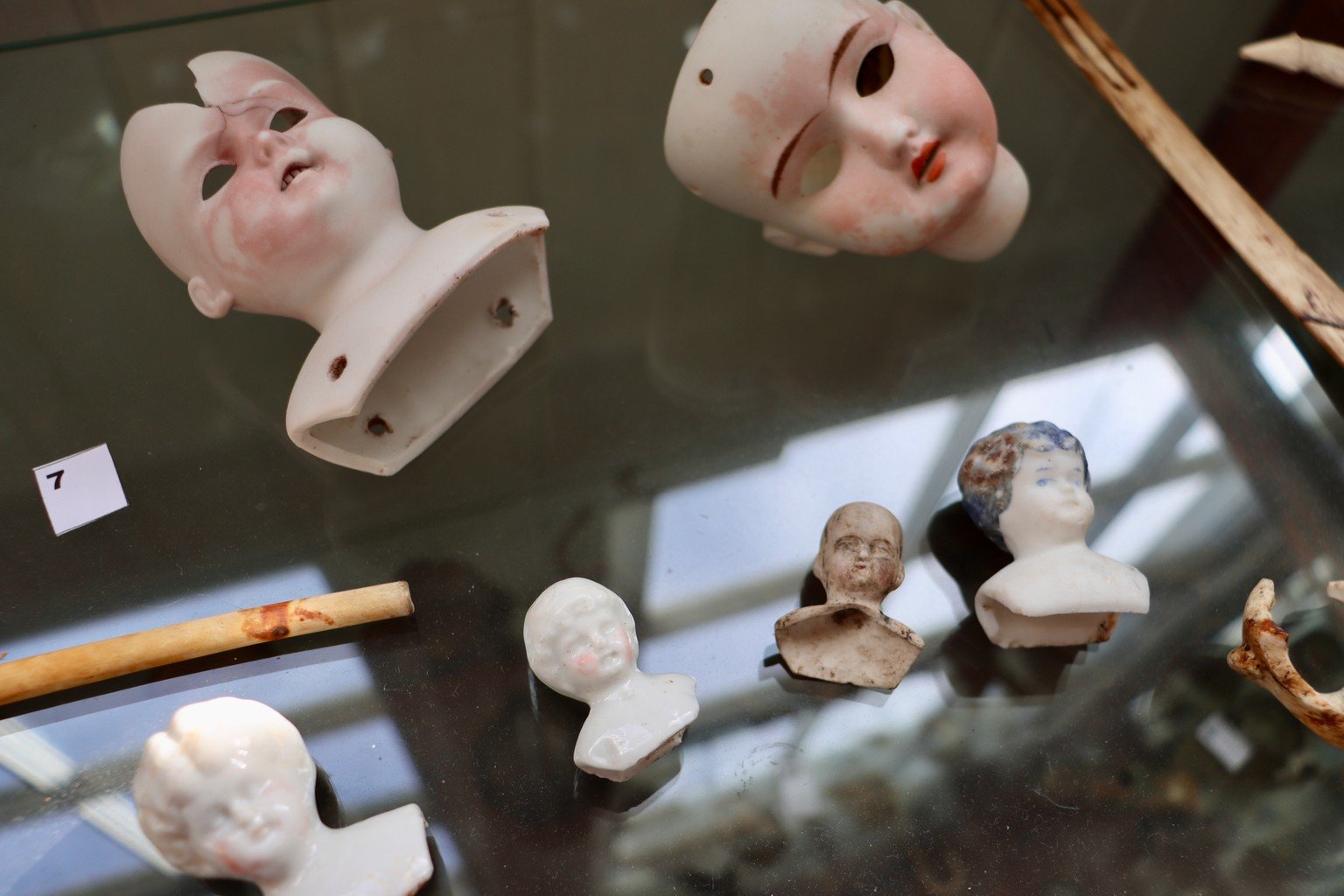
The initiative, supported by Parks and Wildlife, seeks to change that by creating a public database linking objects with their stories and locations.
Curator Camille Reynes said even the smallest fragments held vital clues.
“A single copper fragment or shard of pottery can help date a wreck, trace a trade route or reveal how a vessel was repaired in Tasmanian waters,” she said.
The meticulous documentation process involves measuring, photographing and recording each item.
“It sounds simple, but that discipline is what can help keep objects safe,” Reynes said.
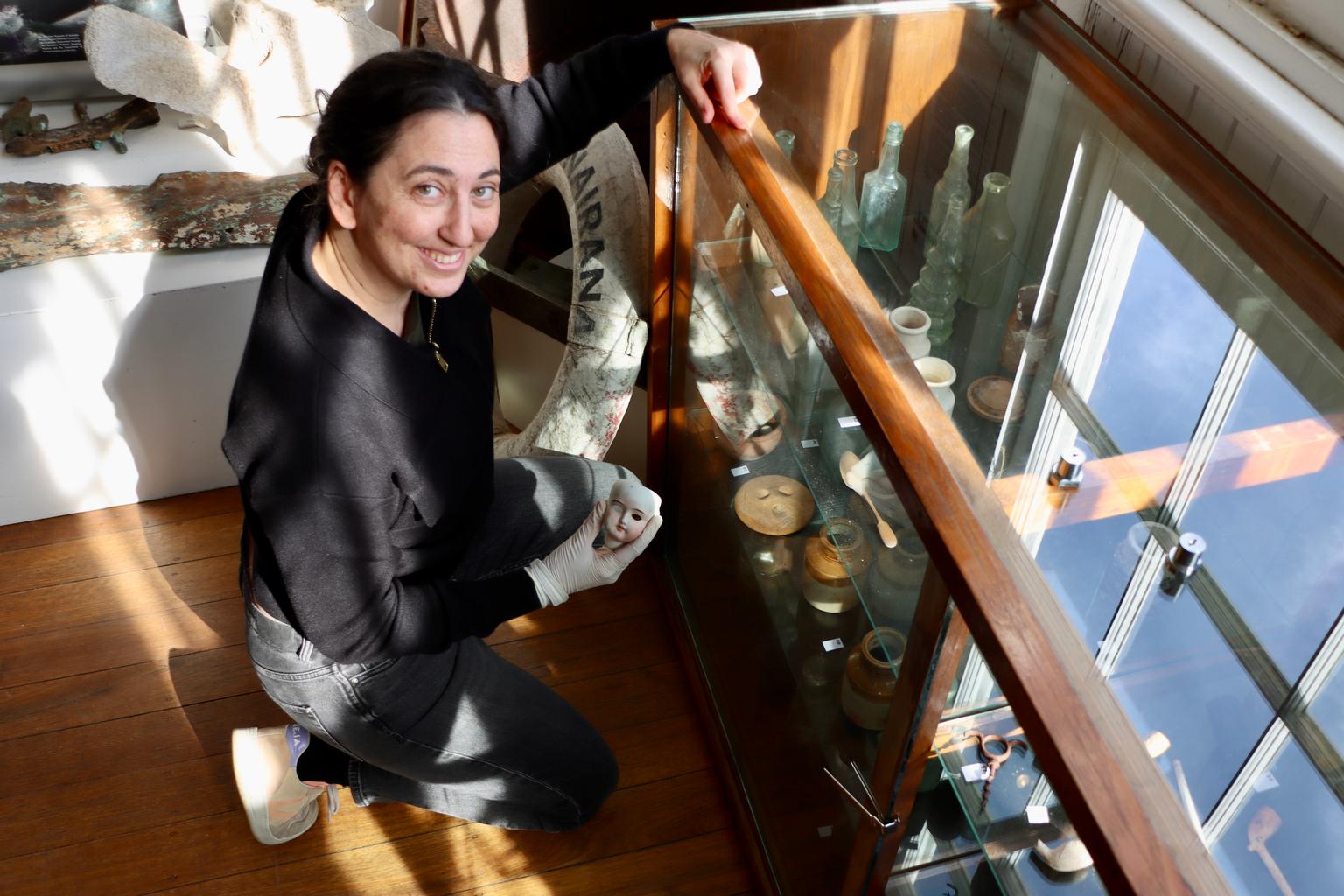
The museums are also calling on community members holding shipwreck objects to contribute photographs and histories to help build the database.
Both say the database will eventually provide researchers and the public with unprecedented access to Tasmania’s maritime heritage.
People with shipwreck objects can email clear photos, basic measurements and any known history to [email protected]

